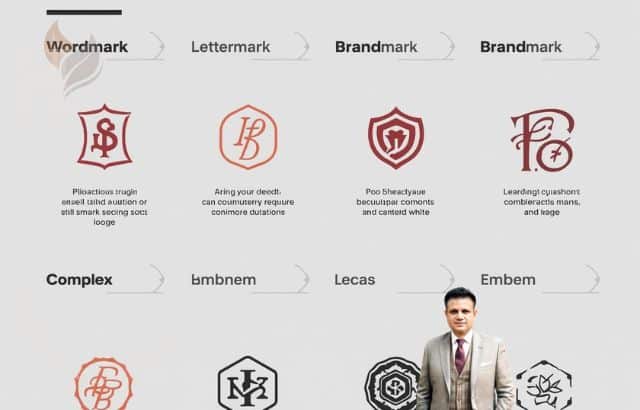A logo is much more than just a graphic symbol—it’s the face of your business and plays a crucial role in shaping how customers perceive your brand. It’s often the first point of contact between your business and your audience, so it’s essential to make a good impression. A well-designed logo sets your brand apart from competitors and communicates your values, personality, and mission.
In today’s highly competitive market, the success of your brand depends on more than just great products or services. The right logo, combined with the right strategy, can elevate your brand and pave the way for growth and recognition. Let’s take a closer look at how you can create a logo that not only looks good but also aligns with your business goals.
Table of Contents
Understanding the Different Types of Logos
When it comes to logo design, there are several different types, each offering a unique style and message. Here are the most common types of logos:
- Wordmark (Logotype):
- Example: Google, Coca-Cola
- A wordmark logo uses the name of the business in a distinct typographic style. It’s great for businesses with unique or recognizable names.
- Lettermark (Monogram):
- Example: IBM, HP
- This logo is made up of the company’s initials, making it ideal for businesses with long names. It’s simple, yet effective.
- Pictorial Mark (Symbol or Icon):
- Example: Apple, Twitter
- A pictorial mark is an image or icon that represents the brand. These are great for businesses looking for a more graphic or symbolic representation.
- Abstract Mark:
- Example: Nike, Pepsi
- An abstract mark is a geometric form that doesn’t directly represent anything but conveys a strong brand message.
- Combination Mark:
- Example: Adidas, Burger King
- This logo combines both text and a symbol, allowing flexibility and clarity while strengthening brand recognition.
Choosing the Right Logo for Your Brand
The key to a successful logo is to ensure it aligns with your brand personality and the message you wish to communicate. Consider the following:
1. Brand Personality and Values
Is your business innovative and creative? Or is it more traditional and professional? The type of logo you choose should reflect your brand’s essence. For example:
- If your brand is cutting-edge and modern, consider an abstract mark with vibrant colors to convey creativity and innovation.
- If your brand is more about reliability and professionalism, a wordmark or lettermark might be the best choice.
2. Target Audience
Understanding your audience is key to choosing the right logo. For instance:
- A logo with bold, modern typography and a dynamic color palette might appeal to a younger, trend-focused audience.
- A more classic, elegant logo may resonate with a more mature or conservative demographic.
Keep It Simple and Memorable
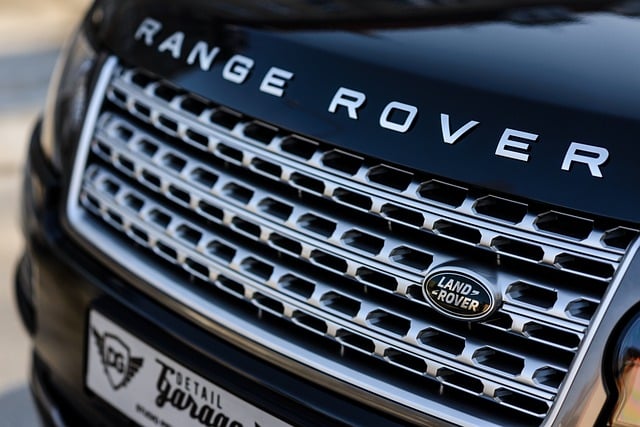
The best logos are simple yet memorable. Think about iconic logos like Nike’s Swoosh or Apple’s bitten apple—simple, minimalistic, and instantly recognizable. When designing your logo, focus on clarity. Avoid overcomplicated graphics or an excessive color palette. A clean, simple logo will be more effective in building brand recognition over time.
The Role of a Business Strategist in Logo Design
A business strategist like Hirav Shah plays a pivotal role in helping you create a logo that not only looks good but also aligns with your business goals and values. As a renowned business astrologer and strategist, Hirav Shah helps companies understand the significance of astrology and numerology in logo design to give them an edge in the marketplace.
By analyzing the right elements—such as text, color, and shape—Shah ensures that your logo not only represents your brand but also supports its growth, success, and prosperity. This approach can help your business avoid common pitfalls and create a logo that stands the test of time.
How to Integrate Astrology and Numerology into Your Logo Design

While traditional design principles are essential, integrating astrology and numerology can take your logo to the next level. By using specific principles related to colors, shapes, and text, you can elevate your brand and align it with positive energy, growth, and prosperity.
Text/Content in Your Logo

- Capitalization: The first letter of your logo’s text should be capitalized. For multi-word logos, each word should start with a capital letter. All-caps logos are also effective.
- Avoid overlapping text as it can create confusion and weaken the logo’s clarity.
Choosing the Right Colors
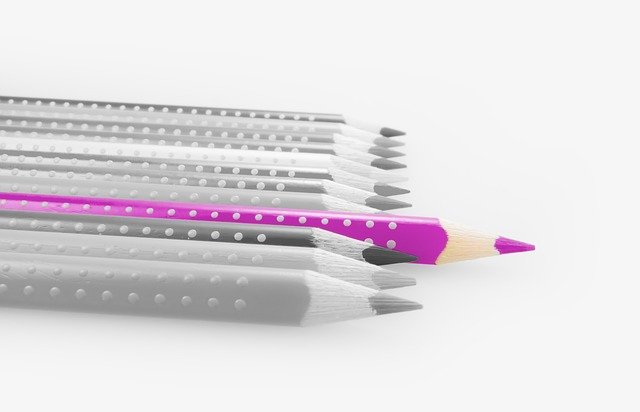
Color is more than just aesthetics—it also carries specific meanings and energies. Here are some favorable colors to consider for your logo:
- Blue: Trust, authority, and professionalism.
- Purple: Luxury, elegance, and creativity.
- Gold: Wealth, success, and prestige.
- Yellow: Happiness, warmth, and innovation.
- White: Purity, sophistication, and clarity.
- Orange: Energy, enthusiasm, and creativity.
On the other hand, colors like black, red, grey, and brown are generally avoided, as they can invoke negative or dull connotations.
Shape and Symbolism
The shape of your logo can communicate important messages about your brand. Consider these shapes:
- Arrow: Forward movement and growth.
- Leaf: Renewal, sustainability, and life.
- Star: Achievement, dreams, and guidance.
- Hands: Strength, protection, and support.
Avoid shapes like squares, circles, and crosses, which may limit your logo’s energy and symbolism.
Testing and Refining Your Logo Design
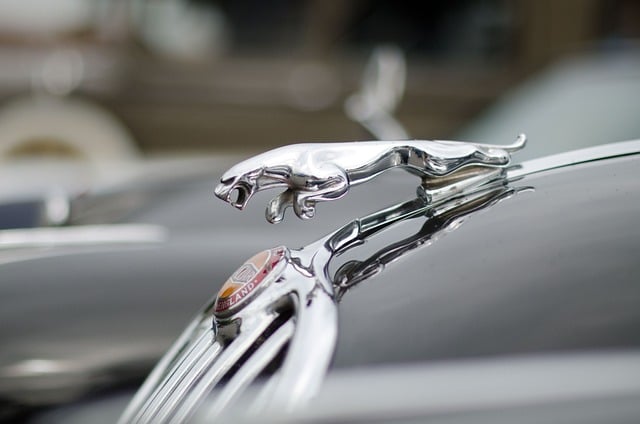
Once you have a logo concept, it’s essential to test it across different mediums and get feedback from your audience. You want a logo that works well on business cards, websites, social media profiles, and advertisements. It should be scalable, versatile, and easy to recognize at all sizes.
Common Questions (FAQs)
Q1: How do I know if my logo is effective?
A strong logo should be memorable, scalable, and timeless. It should represent your brand’s personality and resonate with your target audience. Consider seeking feedback from a business strategist or an expert in logo design.
Q2: Can numerology and astrology really impact my logo’s success?
Yes! The right colors, shapes, and text can align your logo with positive energy and create a logo that attracts success, growth, and prosperity.
Q3: Should I use a professional logo designer?
While it’s possible to design your own logo, working with a professional who understands the principles of logo design, branding, and business strategy can save time and ensure a more effective outcome.
Conclusion
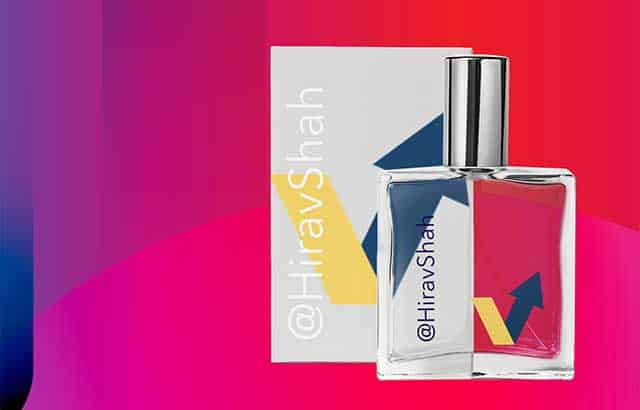
Your logo is an essential part of your brand’s identity. A carefully designed logo, aligned with both traditional design principles and the power of astrology and numerology, can give your brand a distinct edge. By considering your brand’s personality, values, and target audience, you can create a logo that is not only visually appealing but also strategically positioned for long-term success.
Working with a business strategist like Hirav Shah can help ensure that your logo resonates with the right energy and aligns with your goals. Remember, the right logo isn’t just about looks; it’s about creating a powerful symbol that drives growth, success, and recognition for your brand.


